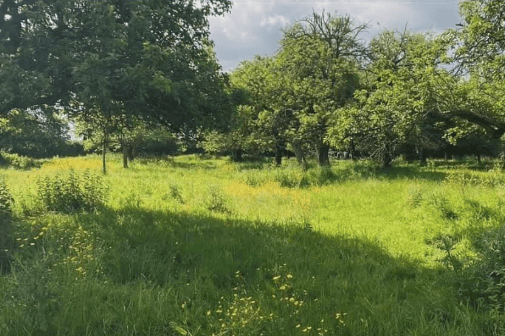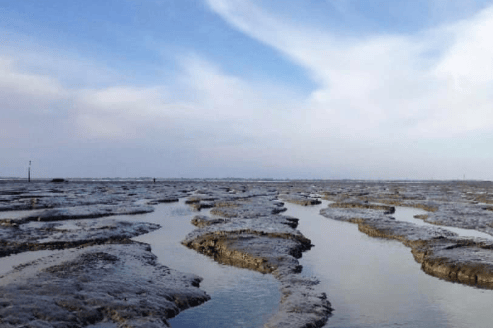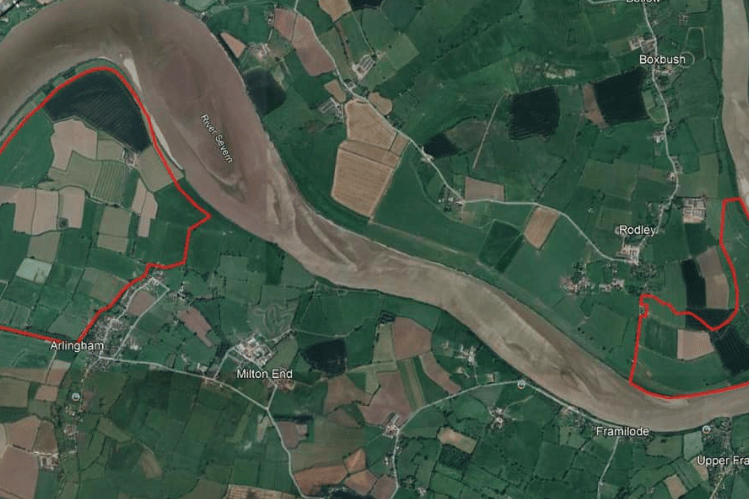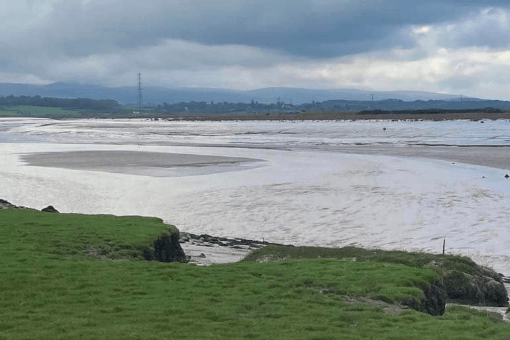A PACKED meeting at Westbury-on-Severn Parish Hall on Friday, November 15, saw local residents voice strong opposition to EDF Energy’s proposal for a saltmarsh habitat in the Severn Estuary.
The meeting, held to discuss the development of marshland as environmental mitigation for Hinkley Point C nuclear power station, highlighted significant concerns from the community. Westbury-on-Severn is one of four sites being considered for the project.
EDF representatives outlined the benefits of the proposed saltmarsh, emphasising its role in boosting biodiversity, protecting fish populations, and acting as a natural carbon sink. They explained that the development would provide crucial breeding grounds for fish, helping to support local aquatic ecosystems and promote the recovery of fish species.
Andrew Cockcroft, Head of Stakeholder Relations for Hinkley Point C, explained: “The development of saltmarsh habitat will help support fish populations and minimise the small environmental impact of operating the new power station.”

However, local residents were unconvinced. The hall was filled with passionate voices raising concerns about the practicality and necessity of the proposal. Many questioned the loss of agricultural land, potential flooding risks, and the feasibility of the project. Keith Withers, a local resident, succinctly expressed the frustration: “All this for forty tons of fish.”
Objections included the loss of food security, removal of hedgerows and trees, and fears over methane release from the wetlands. Some also questioned the suitability of inland locations at Rodley and Arlingham for a saltmarsh ecosystem, highlighting the environmental implications.
One speaker criticised EDF for misrepresenting the reality of the plans, while others pointed out the potential harm to local flora, fauna, and endangered fish species while suggesting existing natural flood-prone areas could be supported instead of destroying the current landscape.
The impact of increased traffic and construction also sparked criticism, particularly regarding vehicle movements on narrow lanes. EDF defended the proposal, stating that it was part of their commitment to mitigate the environmental impact of Hinkley Point C and to support fish populations.

As EDF moves towards a public consultation ahead of submitting their planning application in 2025, the meeting made clear the strength of local opposition to the project.
Traffic and construction impacts were among the most heavily criticised aspects of the proposal. Several residents raised concerns over the expected increase in vehicle movements on narrow, rural lanes that are commonly used by pedestrians, cyclists, and horse riders.
With traffic already difficult to manage in the area, there were worries that the project would exacerbate congestion and create safety risks. The narrow lanes, which are not designed for heavy construction vehicles, would be further strained by the logisticsrequired to transport materials and workers to the site.
Additionally, there were fears over the volume of spoil extraction and the scale of civil engineering work necessary for the saltmarsh’s creation. Attendees questioned whether the infrastructure could cope with such demands, particularly given the sensitive nature of the landscape.

EDF representatives defended their proposal by explaining it was part of their broader commitment to offset the impact of Hinkley Point C on local fish populations.
They presented the creation of the saltmarsh as a key environmental mitigation strategy, one that would support biodiversity, provide new habitats for fish, and enhance the health of the Severn Estuary ecosystem.
EDF also highlighted their plans to upgrade weirs on tributary rivers, which would assist migrating fish such as salmon and shad in reaching their breeding grounds. They also stressed the importance of using low-velocity water intakes and a fish recovery system at Hinkley Point C itself, which they argue will mitigate the power station's impact on fish numbers. These measures align with their obligation to meet environmental standards while ensuring the sustainability of the region’s aquatic life.
While EDF framed the saltmarsh as a benefit to both the local environment and broader climate change goals, many in the audience were not satisfied with the explanations provided. In particular, the idea that the creation of saltmarsh would have significant benefits for the local ecosystem was met with scepticism.
Residents pointed out that, rather than fostering the growth of marine life, the proposal could potentially disrupt the current balance. One key concern was the possibility of methane emissions from the wetlands, which could counteract the supposed environmental benefits of carbon sequestration. Questions were raised about the salinity levels in the proposed area, with local experts pointing out that the conditions were unsuitable for the types of saltmarsh habitats EDF aimed to create.
One of the most contentious points of discussion was EDF’s decision to abandon the Acoustic Fish Deterrent, a technology designed to reduce the impact of Hinkley Point C’s operations on migrating fish.
The fish deterrent was initially proposed as a solution to protect fish populations from the station’s cooling water intake.
EDF argued that the technology was unproven, posed risks to marine mammals such as seals and porpoises, and would have been difficult to implement. Despite this, many residents and environmental advocates at the meeting believed that the AFD represented a less disruptive solution than the proposed saltmarsh.
They argued that it would directly address the issue of fish protection without requiring the large-scale destruction of the landscape and the creation of a potentially problematic wetland habitat.
The strength of local opposition was undeniable. Many attendees expressed frustration that EDF had not adequately explored alternative solutions.
Some residents criticised EDF for pushing ahead with a proposal that they believed lacked sufficient scientific backing and risked causing long-term damage to the land.
As EDF prepares for a wider public consultation ahead of submitting their planning application in 2025, it is clear that the company faces significant resistance from the local community.
With further discussions expected in the coming months, the future of the saltmarsh proposal remains uncertain.





Comments
This article has no comments yet. Be the first to leave a comment.